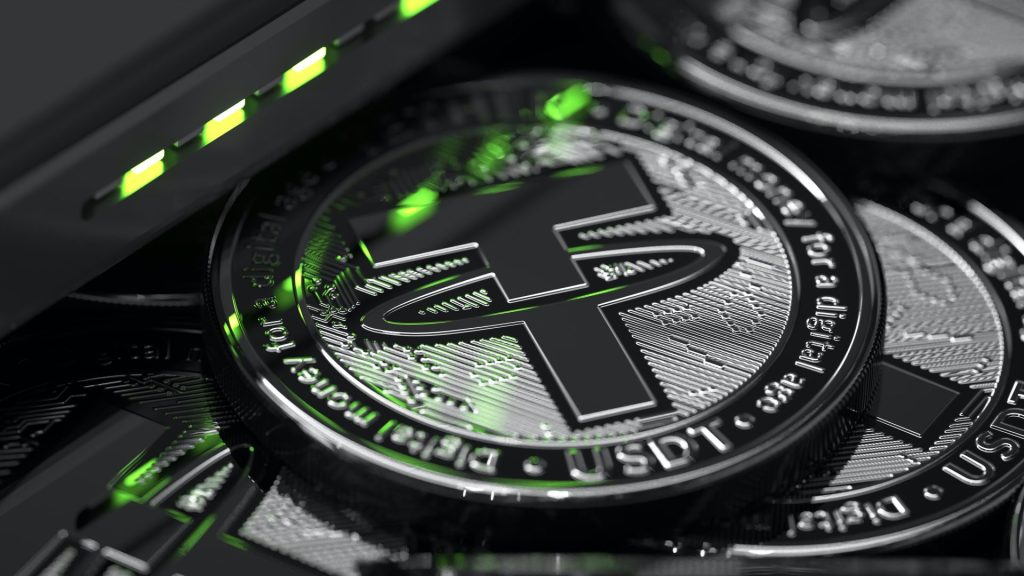
Tether, known to many as the dominant stablecoin, has not only solidified its position in the crypto market. It is now one of the top purchasers of U.S. Treasury bills, positioning itself higher than some national economies. What is behind this unexpected move?
Tether (USDT) is a leading stablecoin, known primarily for its peg to the U.S. dollar. Its recent actions, however, indicate much broader ambitions on the global financial stage. According to information provided by Paolo Ardoino, Tether’s CTO, the company now has exposure to U.S. Treasury bills worth $72.5 billion. Such involvement places Tether 22nd globally, surpassing countries like the United Arab Emirates, Mexico, Australia, and Spain.
The growing importance of Tether in emerging markets is undeniable. In many communities, USDT is becoming a buffer against the rising inflation of national currencies. This phenomenon is even more intriguing in the context of China’s waning interest in U.S. Treasury debt, which, sources indicate, is leaning towards gold.
One cannot forget the recent concern related to Tether. On August 17th, Tether experienced a brief disturbance in its stability, deviating from its steady level of $1 during market downturns, which wiped nearly $100 billion from the cryptocurrency market. Despite this short-term instability, Tether remains the largest stablecoin by market capitalization, controlling over 60% of the market.
Interestingly, during these market upheavals, cryptocurrency traders preferred other stablecoins over USDT – mainly DAI and USDC. Data from 3Pool, the largest Curve liquidity pool, show that USDT made up nearly 50% of the reserve, while USDC and DAI made up the balance.
The current situation in the financial and crypto markets is changing dynamically. Tether’s stake in U.S. Treasury bills and its dominant position in the world of stablecoins paint a fascinating picture of the growing role of cryptocurrencies in global finance.
Tether, mainly known as a tool for crypto investors, now casts a shadow over global financial markets. Its increasing involvement in U.S. Treasury bills may be a sign of broader changes in the structure of global financing. This speaks to the growing power and influence of cryptocurrencies in the 21st century.
Photo by DrawKit Illustrations on Unsplash
